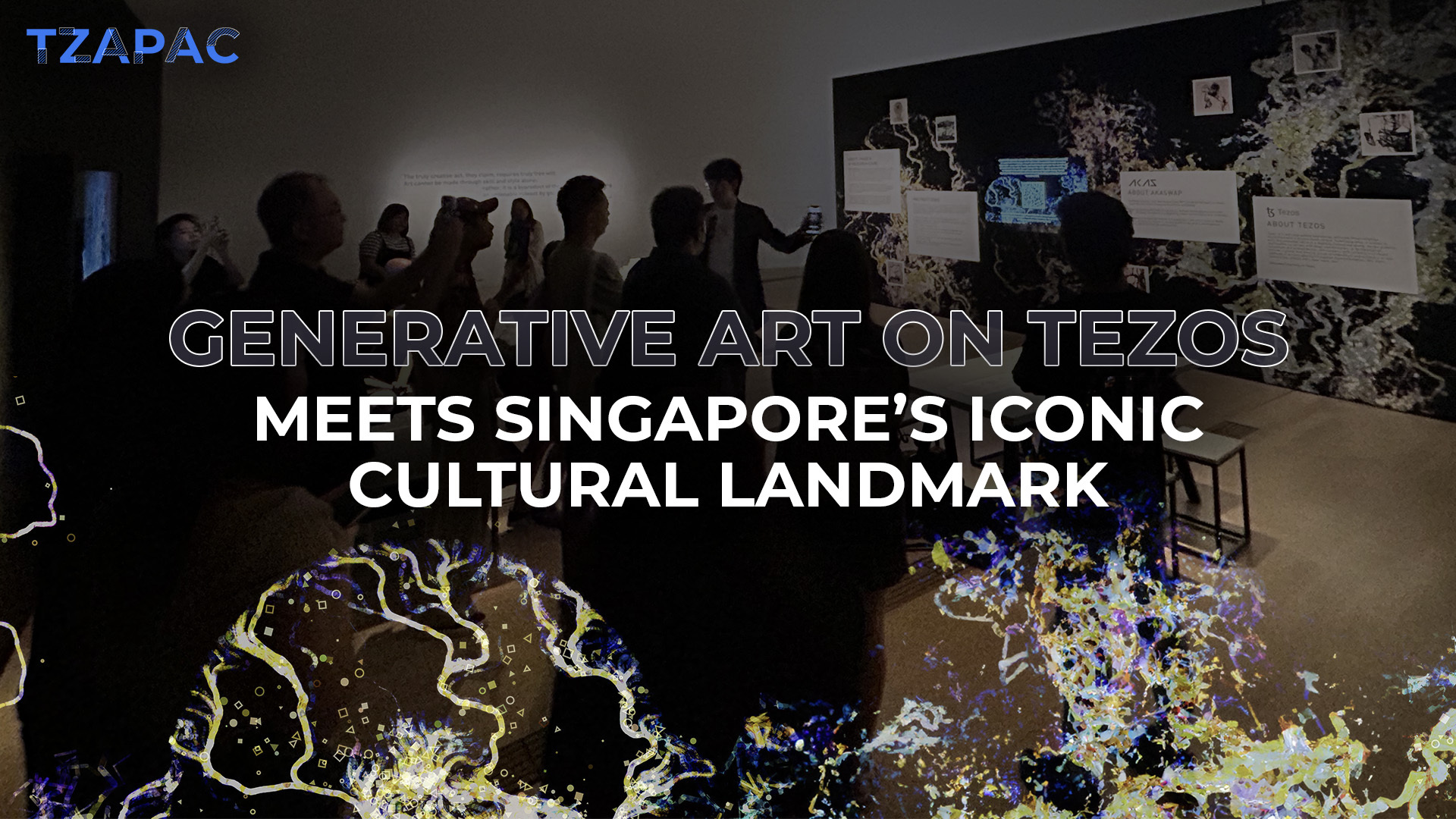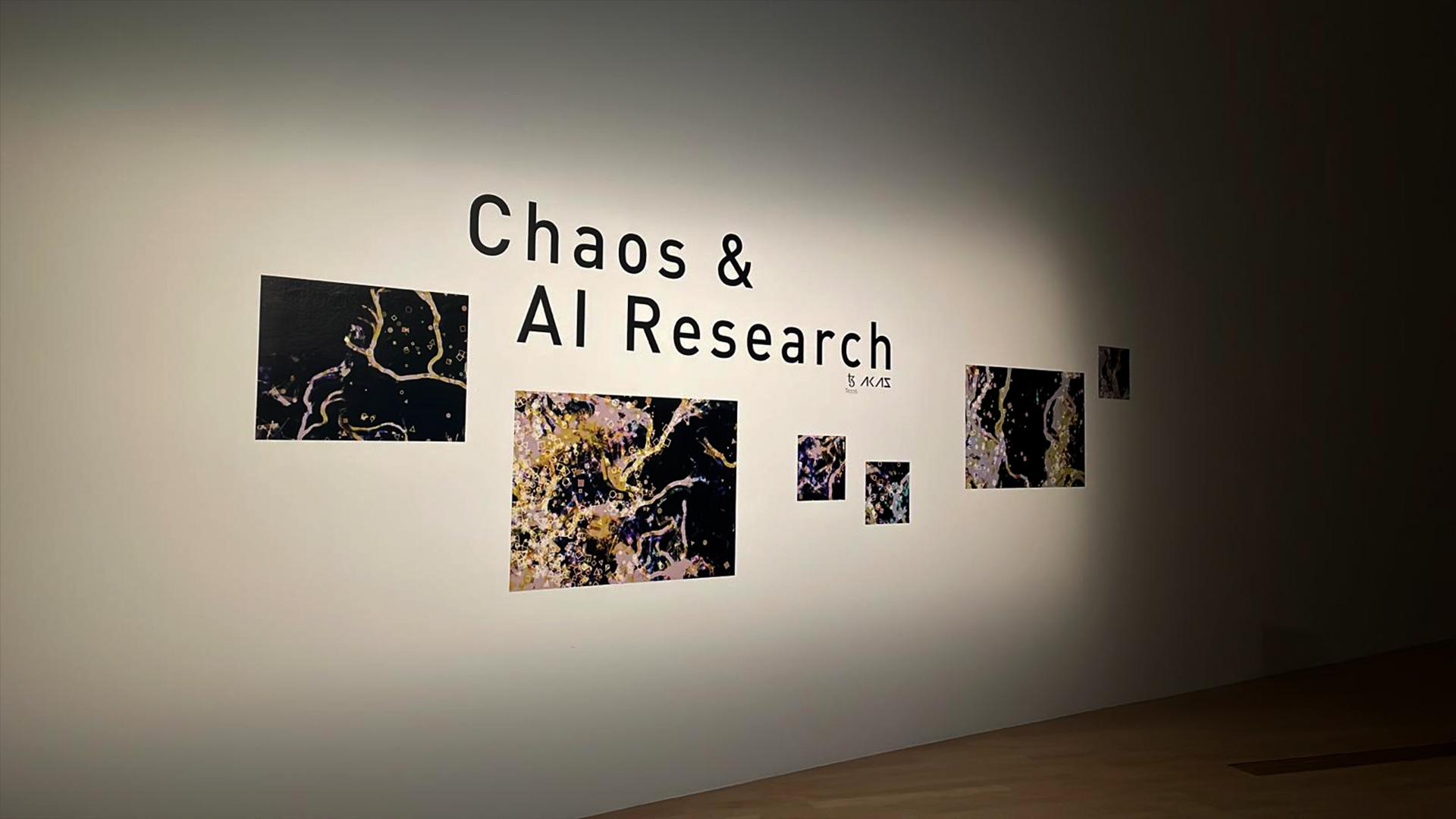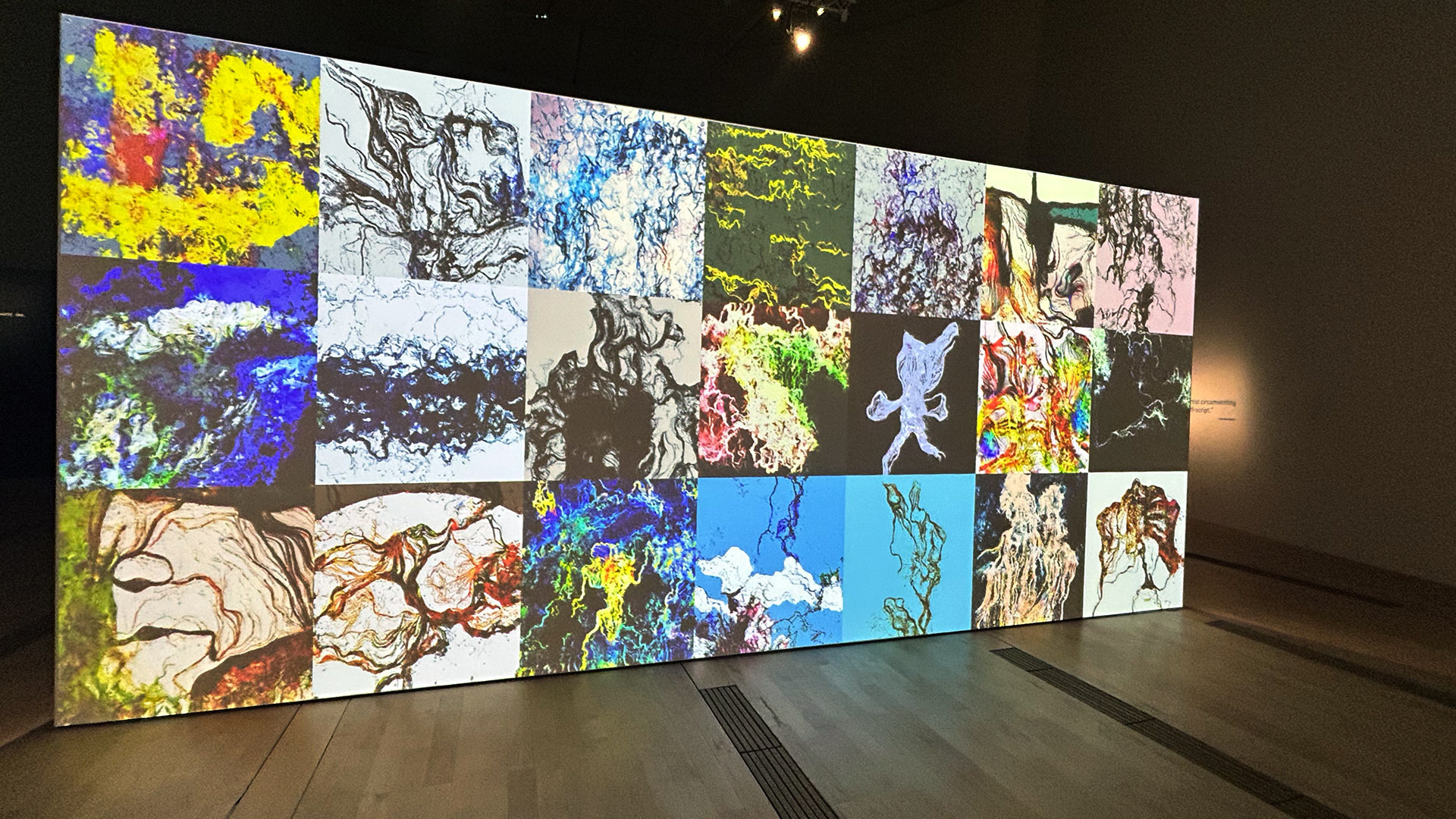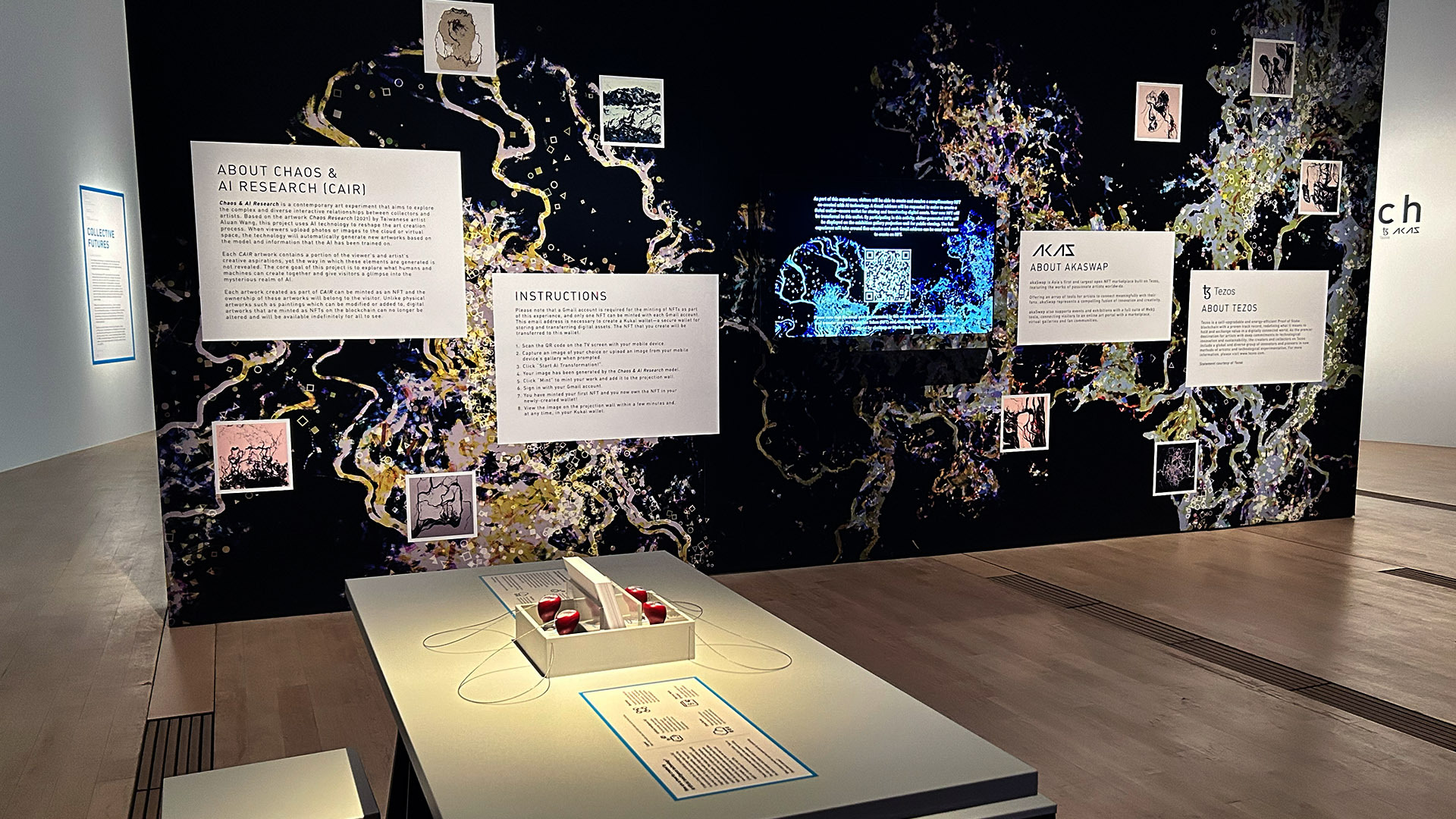IN
IN
JPN
EN
Join Our Communities

Awe, and controversy. The public reaction to generative art has been nothing short of frenzied since platforms like Midjourney stepped onto the world stage.
Some herald it as a new frontier that pushes the boundaries of art. But others are less enthused. Critics argue that generative art lacks the soul and emotional depth that come from human creativity. “Is generative art really art?” they ask, echoing a sentiment that has been the subject of heated debates in traditional and digital art circles.
Few understand the spirit of generative art better than the innovators and artists in the Tezos ecosystem, with generative art being a cornerstone of the Tezos community since the launch of Fxhash in 2021. Since then, the Tezos ecosystem has flourished to be a vibrant ground where creators continue to inspire and excite each other with bold artistic experiments every day.
Take, for example, how Aluan Wang, founder of Tezos NFT marketplace akaSwap, was deeply inspired by Fxhash. Since then, he’s since become a vocal advocate for the Tezos generative art scene and a pioneer in generative art. Today, his work as an artist and founder of akaSwap is powering part of the Notes From the Ether: From NFTs to AI exhibition at the ArtScience Museum, allowing the public to participate in the creation process.

Even during the bear market and the so-called “NFT winter,” the generative art space in the Tezos ecosystem has continued to thrive. The tale of how community-driven marketplace Teia, rising from the ashes of Hic en Nunc, has become an official legal entity and a DAO setting the standard for decentralized governance is one for the ages.
So, when critics question the "soul" of generative art, they perhaps overlook the stories of passion, innovation, and resilience abound in the Tezos ecosystem.
While algorithms and code are necessary tools, it’s always been the warmth of our human bonds and collaborative spirit responsible for positioning our Tezos community well in engaging the public in a dialogue about the future of art.

In a world where the line between human and machine is increasingly blurred, the ArtScience Museum in Singapore has taken a bold step to explore this fascinating intersection. Running from 19 August to 24 September 2023, the museum’s latest exhibition, Notes From the Ether: From NFTs to AI, serves as a groundbreaking platform where digital art, NFTs, and AI converge.
Situated at the iconic Marina Bay Sands, the ArtScience Museum is no stranger to hosting exhibitions that challenge conventional wisdom and inspire awe. Since its inception in 2011, the museum has been a cultural landmark in Asia, featuring works from legendary artists like Leonardo da Vinci to Salvador Dalí, and from Vincent Van Gogh to Andy Warhol. It’s a venue that has long explored the nexus of art, science, technology, and culture, making it the perfect setting for an exhibition that delves into the ever-evolving world of digital art.
Co-curated by Deborah Lim and guest curator Clara Peh, Notes From the Ether is an ode to the dynamic landscape of digital art. Spanning seven dynamic zones, the exhibition invites digital art enthusiasts, the curious, and the skeptical to engage with works by 20 artists redefining the relationship between human and machine.
For the generative art advocate, hosting this exhibition at such a prestigious venue is tremendous news. Given the museum’s prominent location and history of attracting a diverse and intellectually curious audience, the exhibition serves as a powerful platform for generative art to gain the recognition it deserves.
But for the Tezos community, what makes this exhibition truly special is its focus on generative art - particularly the "Chaos & AI Research" section, powered by Aluan Wang’s work and the akaSwap platform.
Visitors to the Notes From the Ether: From NFTs to AI can conclude their journey at the Chaos & AI Research section. This interactive realm invites visitors to become co-creators in the art-making process, taking home a unique generative artwork of their own creation.
Based on the artwork “Chaos Research” by Aluan Wang, this project reshapes conventional notions of art by incorporating artificial intelligence technology.
The goal is ambitious yet poetic: to explore the complex and diverse interactive relationships between collectors and artists and to delve into the enigmatic world of AI. It aims to open the “black box” of artificial intelligence, even if it can only reveal just 1% of its mysteries.

Upon entering the “Chaos & AI Research” section, visitors can upload any photo they choose. This will be transformed into a unique piece of art through an algorithm, a result of Aluan’s years of explorations into the artistic, technological, and spiritual realms.
For him, each artwork contains his own aspirations as an artist and that of the co-creator’s spiritual aspirations. Though elusive, he aims to capture how they merge and combine through a beautiful piece of art.
This art will be displayed on the wall for all to see and minted on the Tezos blockchain, thanks to akaSwap’s live minting system.
The process is seamless. Visitors simply scan a QR code, login with their Google account, and receive their newly minted NFT in an automatically created wallet.
This way, visitors can take home a piece of the exhibition, a digital artifact that serves as both art and a token of their interactive experience.
Visitors can buy tickets through the ArtScience Museum website.